The Last Of Us Episode 1: A Breath Of Fresh Air For Adaptations
There was once something called the Video Game Adaptation Virus that is almost immediately contracted by any material as soon as it’s developed into adapting a video game into a film or the big screen. This horrific sickness is usually attributed to symptoms such as abysmal writing, campy scenes, wasting the cast’s potential, and overall mediocre execution. As a result, both moviegoers and video game fans try to stay away from them as much as possible – and the paranoia is within reason, as the likes of Street Fighter: The Legend of Chun-Li being rated as one of the worst films of all time, with even the 2022 adaptation of Resident Evil being canceled a month after its premiere.
In turn, it’s surprising that The Last Of Us from HBO doesn’t necessarily show the same symptoms. Starring Pedro Pascal and Bella Ramsay as television’s version of Joel Miller and Ellie, this The Last Of Us adaptation seems to give a tinge of hope that there’s hope the Video Game Adaptation Virus may be eradicated after all.
The Paranoia Gets To You
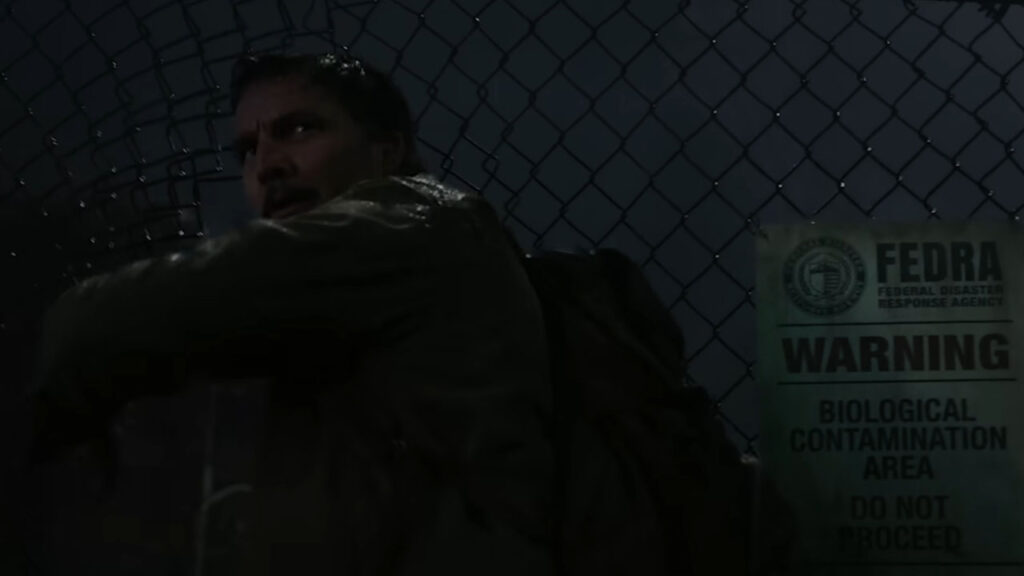
Premiering on January 16, 2023, The Last Of Us shows an alternate version of 2023, one where the United States is ravaged by the Cordyceps brain infection and has forced civilians to gather in condensed population centers protected by remnants of the government. While it’s natural for various factions to pop up to try and amass power like in other stories of survival, it’s having the series premiere just after the height of the COVID-19 pandemic that can spiral viewers down a rabbit hole of zombie apocalypse paranoia.
This is especially evident in the opening segment of the first episode. Aside from proving time and time again that Joel and Tommy’s desperate attempt to escape the suburbs with Sarah makes for an emotionally moving scene, seeing Nico Parker’s Sarah witness the world around her spiral out of control evokes a sheer sense of dread in viewers.
The Lack Of Control Is Terrifying
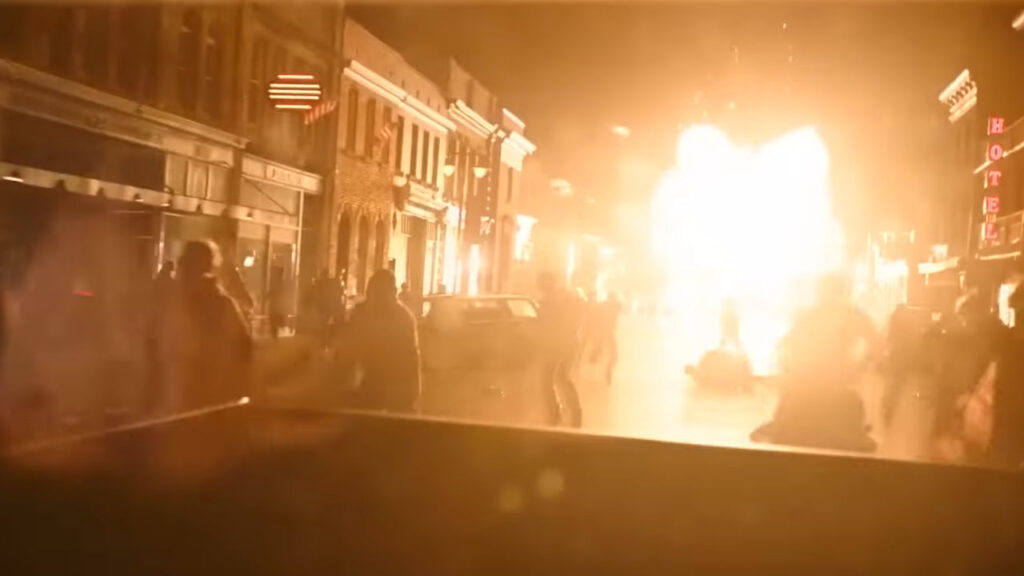
It’s one thing to be controlling Joel as he carries Sarah past wave after wave of panicking people in a chaotic setpiece and another thing entirely to simply see characters desperately escape a situation speedily spiraling out of control.
It’s that lack of control that gives audiences more than enough idle brainpower to transform Joel, Sarah, and Tommy’s desperate escape into something for the mindscape to explore. That, it is possible for any of us to be in this situation. That, it is perfectly possible for an outbreak to start with none of us anywhere close to home, where none of us are close to loved ones, and where none of us are ever caught prepared. How would we fare on our own having to drive past droves of people, to carry a loved one with a broken body part, to try and run away from people seemingly trying to tear us apart, and to appease ourselves that we’re not “infected” by something we can’t understand?
This paranoia is at the heart of every story with a setup that leads into a global pandemic or a zombie apocalypse, and one that strikes true to any of us due to the horrific situation of the pandemic. One wonders whether The Last Of Us should’ve premiered as soon as the pandemic hit for full immersion, but I guess premiering now where people have the power of hindsight could at least make the story lean more into art than a terrifying tale of an alternate reality.
The Last Of Us Aren’t Monsters, For Sure…

If there’s anything The Walking Dead shows about zombies and titles, it’s that “the last of us” in The Last Of Us may never necessarily be what they immediately seem. After all, “the walking dead” of The Walking Dead may very well be the remnants of humanity who roam a dead Earth who, out of the need to survive, may have thrown their humanity – what makes them “alive” – in order to outlive a harsh and brutal reality. In that sense, “the last of us” in The Last Of Us may be a representation of the many ways what remains of humanity have prevailed in a world ravaged by merciless fungi.
Contrary to how other post-apocalyptic shows have thrown in so much of their signature “monsters” that viewers see them as less of a threat and more screen fodder, The Last Of Us keeps their Infected away for most of the time. This is one stark contrast from the game that did the show justice, as showing the Infected sparingly helped emphasize what made the title so captivating for gamers in the first place. That survival had nothing to do with killing the Infected, but rather being able to live with the consequences players choose in the story.
Commitment To Exposition Works
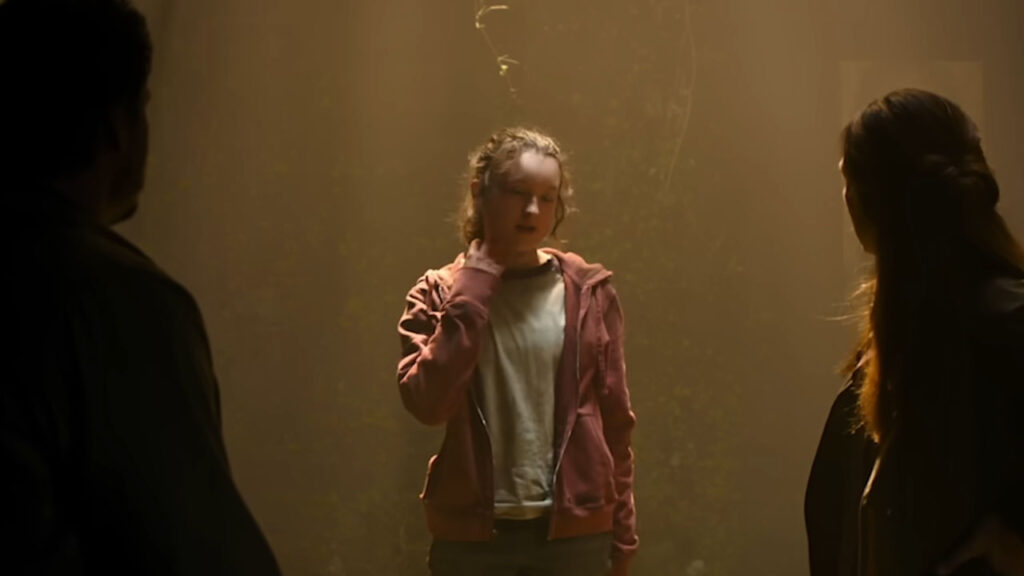
Similar to how the series took around an hour’s worth of gameplay before Joel gets assigned to smuggle Ellie out of the Boston Quarantine Zone, the first episode of the series took its time establishing the world before Joel ever meets his charge. And while a lot of the scenes in the series are almost shot-by-shot recreations of some of the game’s most iconic moments, it’s this focus on exposition in the first episode that guarantees a gripping experience for the rest of the series.
Of course, this is compounded by the fact that the series does need to fill in the gap between these scenes or story moments with television’s equivalent of “gameplay segments” – something the first episode adapts very well by substituting them with in-depth looks into the character’s personalities and histories instead. For instance, whereas Tommy is simply missing in the first part of the game, Joel in the series is made to be seen visibly agitated to have his brother not return for weeks and even plans on venturing outside to find him – something that works well with his eventual mission anyways. Likewise, Marlene and the Fireflies are seen desperately trying to calm down a rather snarky Ellie, which serves as an effective way of establishing her rather energetic personality in contrast to Joel’s somber aura.
While there’s an expectation for a short series like The Last Of Us to skip much of the exposition to move the story forward, this first episode is proof that committing to worldbuilding in the first episode has the potential to pay off in terms of emotional investment.
Faithful, With Stellar Reservations
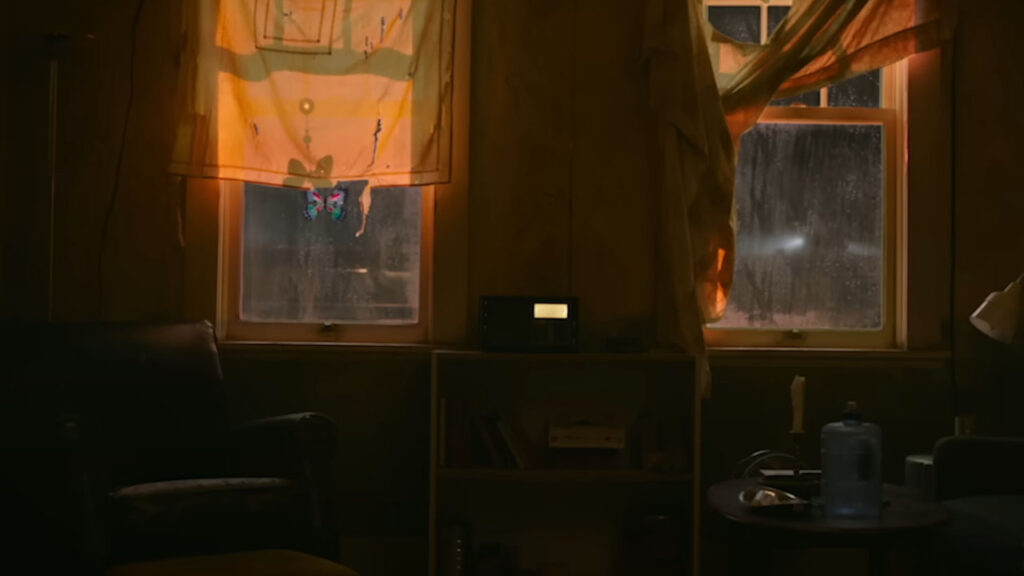
As Joel, Ellie, and Tess find themselves crossing the boundary of their Quarantine Zone and into the great unknown, a streak of lightning briefly shows the silhouettes of gigantic empty buildings that ominously hint towards a world slowly turning everything against them. And just as they venture further into the darkness, “Never Let Me Down Again” by Depeche Mode plays on his apartment’s radio – a 1987 song that, as stated in Joel’s Billboard Hits book by the radio, corresponds to the “80s is trouble” code discussed by the characters minutes before.
Despite this rather particular turn of events, it’s proof that the series has all intentions of following through with elements they established in this episode’s world-building effort.
And this commitment is a new sight to see in The Last Of Us, as most other adaptations steer too far from the source material that they’re similar only in name, with execution faltering almost immediately.
This isn’t to say The Last Of Us doesn’t have its faults, however. To some degree, the build-up towards the outbreak seems to have taken a lot more time than necessary, especially in the establishment of Sarah as a core character in Joel’s life. In the first episode’s habit of using visual storytelling, especially in Joel’s implied nightmares, it may help to intersperse these scenes in those moments to help cement the series starting in medias res. On top of present worldbuilding seemingly happening too fast to arrive in the meeting with Ellie, transforming the pre-outbreak prologue as a series of flashbacks may help with momentum.
The Last Of Us Needs To Defy All Odds
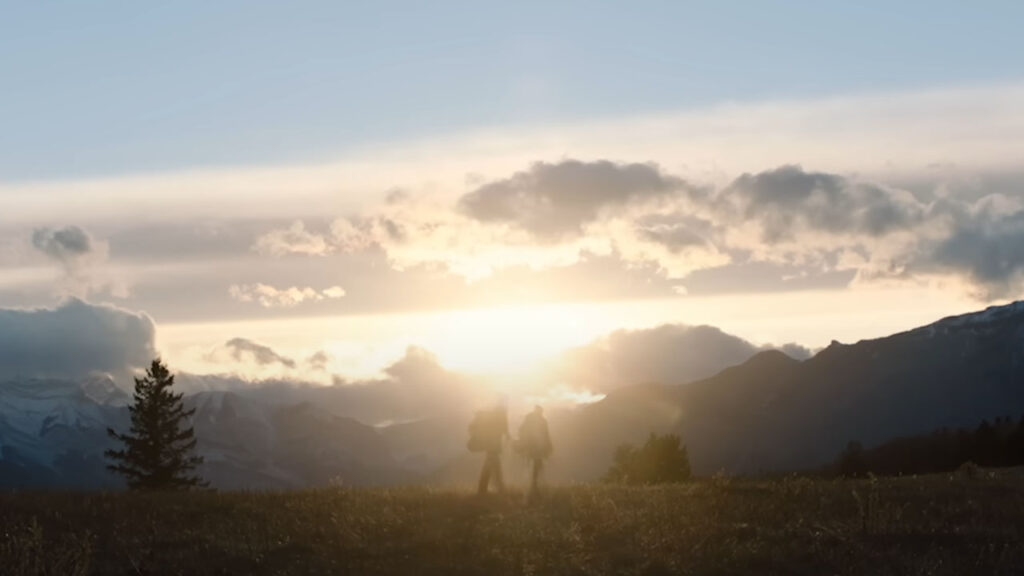
At the end of the day, The Last Of Us isn’t appealing solely for familiarity and faithfulness to the source material. Credit is immediately given to sound direction as they encapsulate the sheer dread of living in a world where everything is primarily dead, where gunfire is common but scarce, and laughter isn’t aplenty.
Visuals also prove there’s no need to drown the world in greyscale to show the sheer desperation of humanity to survive after the apocalypse, as the unnatural greens and yellows of concrete sprawled with spores of the infected work just as well to frighten viewers. These, combined with the premise of a glorified escort mission to save the world in a post-apocalypse that will stop at nothing to stop this naivete, perhaps make The Last Of Us worth a watch.
Because in today’s post-COVID landscape where everything is unsure and the future just as bleak, showing the likes of Joel and Ellie defying all odds for a brighter tomorrow is a much-needed sight.
HBO and HBO Max’s The Last Of Us began airing in the Philippines on HBO GO on January 16, 2023 and will have a nine-episode first season.
Rating: 4.7/5




